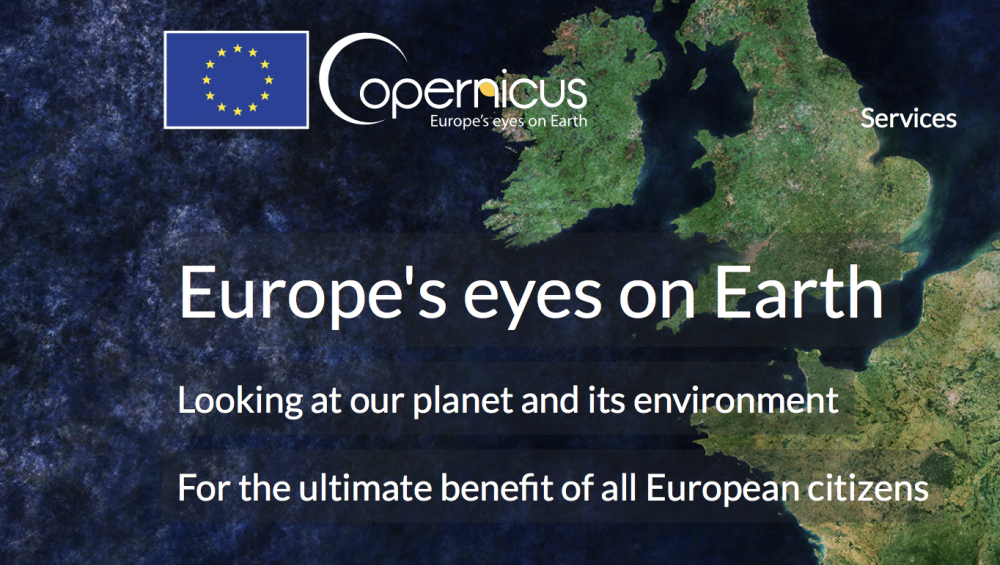Welcome to EnvoThemes. This is your first post. Edit or delete it, then start blogging!

World Wetlands Day on 2 February: How Copernicus protects fragile ecosystems
01/02/2019Questo articolo è stato letto 3221 volte!
The Copernicus Climate Change Service (C3S) and the Copernicus Atmosphere Monitoring Service (CAMS) provide a range of services to monitor multiple wetland indicators, forecast floods and track gas emissions
Wetlands are home to a wide variety of fauna and flora and are in dire need of protection as these precious ecosystems are declining due to the effects of climate change. For this reason, almost 90 per cent of UN member states signed the Convention on Wetlands on 2 February 1971 – and since 1997 the date is commemorated as World Wetlands Day. Against this backdrop, the Copernicus Climate Change Service and the Copernicus Atmosphere Monitoring Service, implemented by ECMWF on behalf of the EU, provide a range of different information and forecasting tools that can help preserve wetlands and characterise their role in the climate system.
Services for water managers
C3S develops services tailored for specific industry sectors to help them adapt to climate change. The operational service for the water sector includes an interactive web application and practical showcases covering several climate impact indicators such as river flow, temperature, precipitation, water quality, and local air conditions. Using this service, water managers and policy makers can adapt their strategies to mitigate the effects of climate change, particularly in the areas of water allocation, flood management and industrial water use.
“The operational service for the water sector can be used to model changes in wetlands caused by weather and climate, and to predict future water availability at such sites,” says Carlo Buontempo, Sectoral Information System Manager at the Copernicus Climate Change Service.
C3S Climate Data Store
All relevant climate information for wetlands can be found in the Climate Data Store (CDS), the C3S-developed one-stop shop for climate data. The CDS will soon include current and historical information about water levels and temperatures in lakes, enabling users to detect unusual changes and make predictions for the future.
CAMS data on greenhouse gases emissions from wetlands
As wetlands are also one of the largest stores for carbon on our planet, monitoring the levels of greenhouse gases emanating from wetlands forms is important to better understand their role in the climate system. The Copernicus Atmosphere Monitoring Service (CAMS) contributes to wetland protection and management with its data sets on carbon, carbon dioxide and methane emissions from wetlands and elsewhere. They help users understand the balance of gases around wetlands as well as the biological activities of flora and fauna in these regions. Collating and quantifying this information helps users understand the interaction between wetlands and the climate.
With this range of services, Copernicus and ECMWF provide extensive opportunities for better wetland management by delivering timely insight and accurate data. These also facilitate compliance with the recommendations of the Convention on Wetlands.
Related Images:

La Redazione delle testate Punto a Capo è composta da volontari che collaborano ad un progetto di condivisione delle informazioni indipendente. La maggior parte dei collaboratori sono pubblicisti, giornalisti, addetti stampa, ma ci sono anche collaboratori alle prime armi che iniziano ad approcciarsi al mestiere in un ambiente libero e senza padroni, il cui principio è dal lontano 1989 di essere la voce di chi voce non ha.

